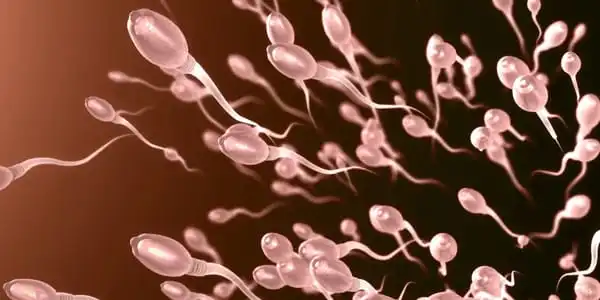Men can use either reversible or permanent contraception to achieve effective birth control. Vasectomy is now available as a permanent option for male contraception. In comparison to the variety of alternatives available to women, there have been little changes in male contraception during the last 50 years.
Women have various options for long-lasting, reversible contraception, while the majority of men’s options are either single-use, such as condoms, or difficult to reverse, such as vasectomies. Researchers publishing in ACS’ Nano Letters have developed magnetic, biodegradable nanoparticles that lowered the likelihood of mice fathering pups for at least 30 days, taking a step toward a safe, long-lasting, and reversible male contraception.
Elevated temperatures, which can occur as a result of wearing too-tight pants or underwear, can reduce sperm count in men. Some researchers have investigated the use of more severe heating of nanomaterials injected into the testes as a method of male birth control. However, the injection can be uncomfortable, the heating might cause skin injury, and the vast majority of nanomaterials studied thus far are not biodegradable. Weihua Ding, Fei Sun, and colleagues set out to create a safe, effective magnetic-thermal method of male contraception that does not require injection directly into the testes.
The researchers investigated two types of biodegradable iron oxide nanoparticles that can be steered and heated using magnetic fields as male contraceptives. One sort of nanoparticle was coated with PEG, while the other with citric acid. Although the PEG-coated nanoparticles could be heated to greater degrees, they did not respond as well to magnets as the others
Weihua Ding, Fei Sun, and colleagues
The researchers investigated two types of biodegradable iron oxide nanoparticles that can be steered and heated using magnetic fields as male contraceptives. One sort of nanoparticle was coated with PEG, while the other with citric acid. Although the PEG-coated nanoparticles could be heated to greater degrees, they did not respond as well to magnets as the others. So the researchers injected repeated doses of citric acid-coated nanoparticles into the bloodstreams of mice for two days, used magnets to direct the nanomaterials to the testes, and then administered an alternating magnetic field to the area for 15 minutes.
The nanoparticles burned the testes to 104 degrees Fahrenheit, shrinking them and preventing spermatogenesis before gradually recovering 30 to 60 days later. The mice were unable to father any pups for 7 days following treatment, but by day 60, they were back to fathering roughly 12 pups per pregnant female. The nanoparticles were non-toxic to cells and were gradually cleared from the body, according to the researchers, opening up new avenues for male contraception.

Male contraceptive research is divided into two major areas:
- hormonal contraception, which involves the use of synthetic (man-made) hormones to temporarily halt the growth of healthy sperm.
- non-hormonal procedures – in which alternative measures are employed to keep healthy sperm from entering a woman’s vagina.
In fertile men, fresh sperm cells are continually being produced in the testicles. The hormone testosterone causes this process to occur. The goal of hormonal contraceptive research is to develop a mechanism to temporarily inhibit the effects of testosterone, causing testicles to stop generating healthy sperm cells. However, this must be accomplished without reducing testosterone levels to the point where it causes negative effects such as loss of sexual drive.
Many of the non-hormonal methods of contraception now being researched involve the vas deferens. The vas deferens is the tube that sperm travels through on their route to the penis. During a vasectomy, this tube is severed.
A technique known as reversible suppression of sperm under direction is one potential area of research (RISUG). During this procedure, a non-toxic synthetic substance is injected into the vas deferens. The chemical interacts and inhibits the vas deferens. It also destroys sperm when it comes into touch with it. The chemical takes effect very immediately after being injected.
The chemical remains in place until a man decides he wants to have children. It can then be rinsed out with another injection that dissolves and flushes it out of the vas deferens.
Another area of study is epididymis. This is a long, coiled tube that runs behind the testicles and helps sperm to mature appropriately, which is required for normal fertility. Attempts have been attempted to interfere with the function of the epididymis and the maturation of sperm within the epididymis. However, neither strategy has been successful thus far.





